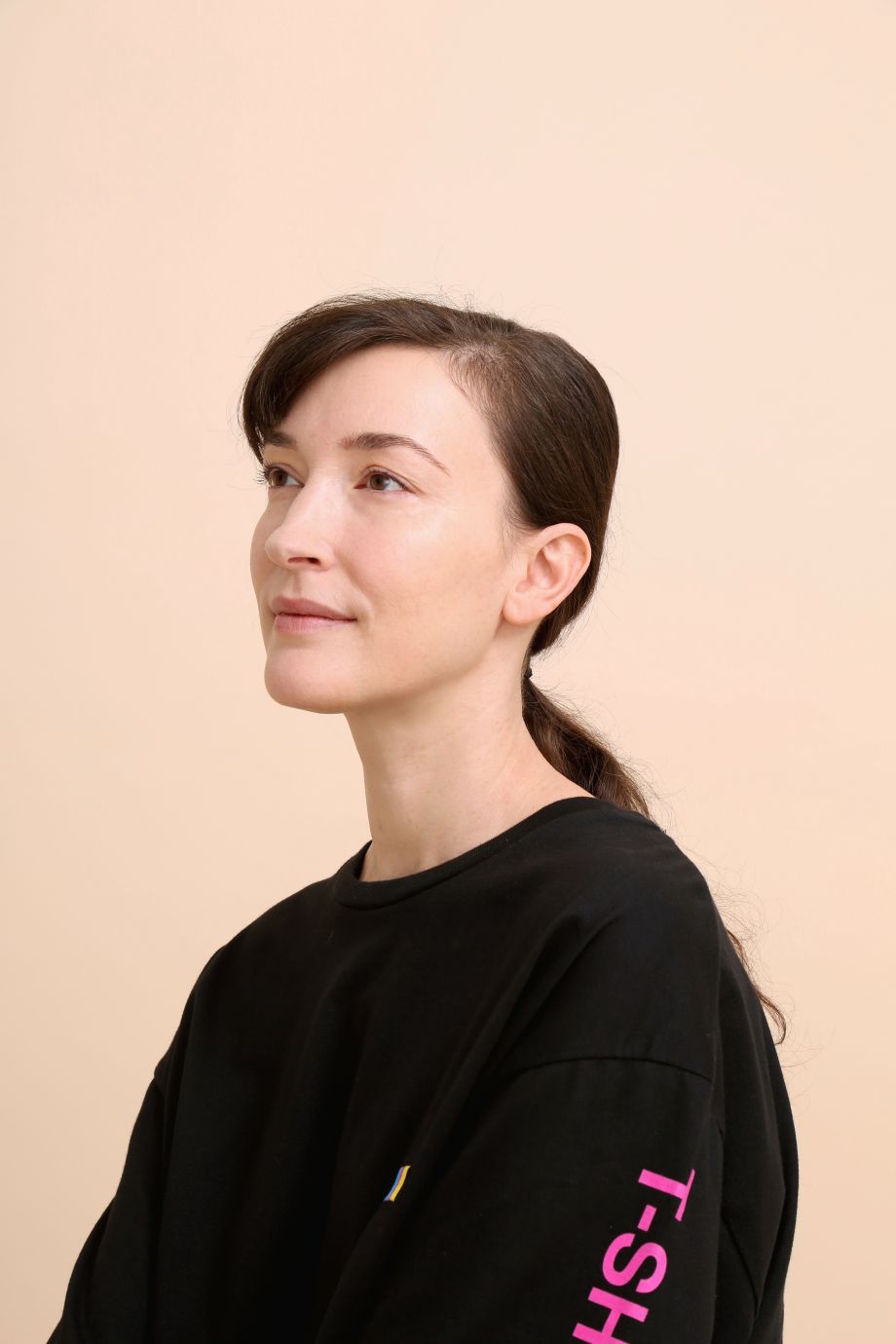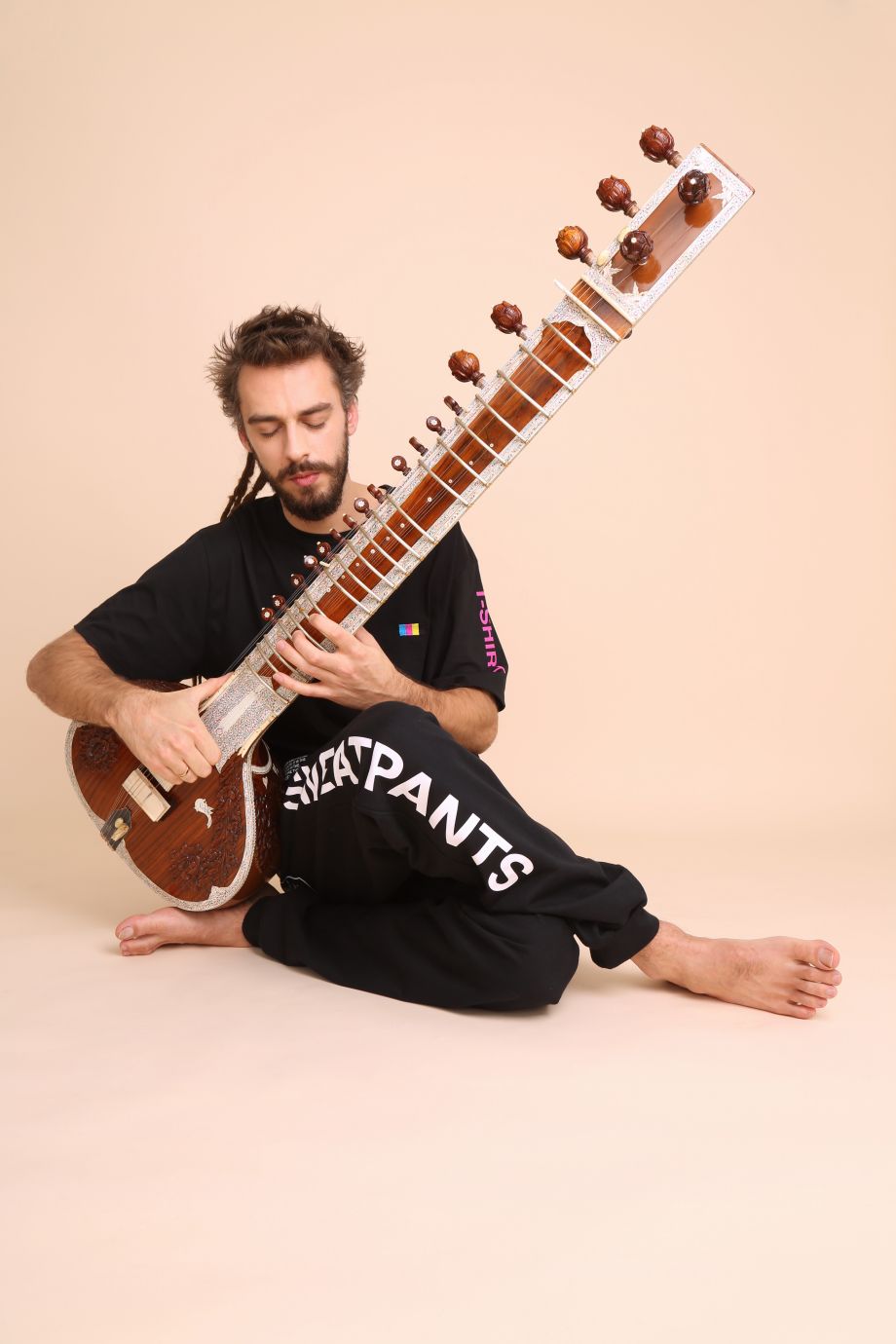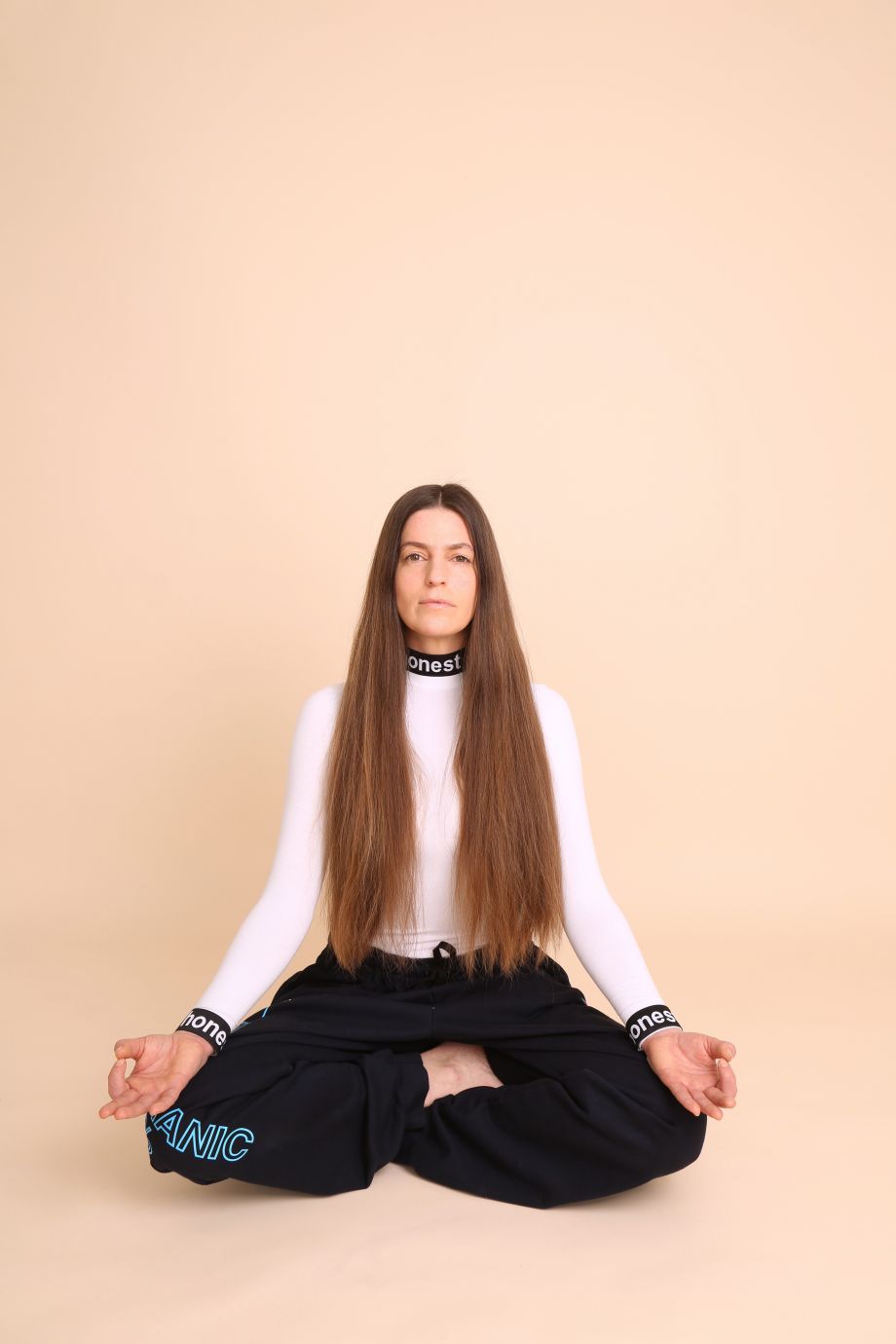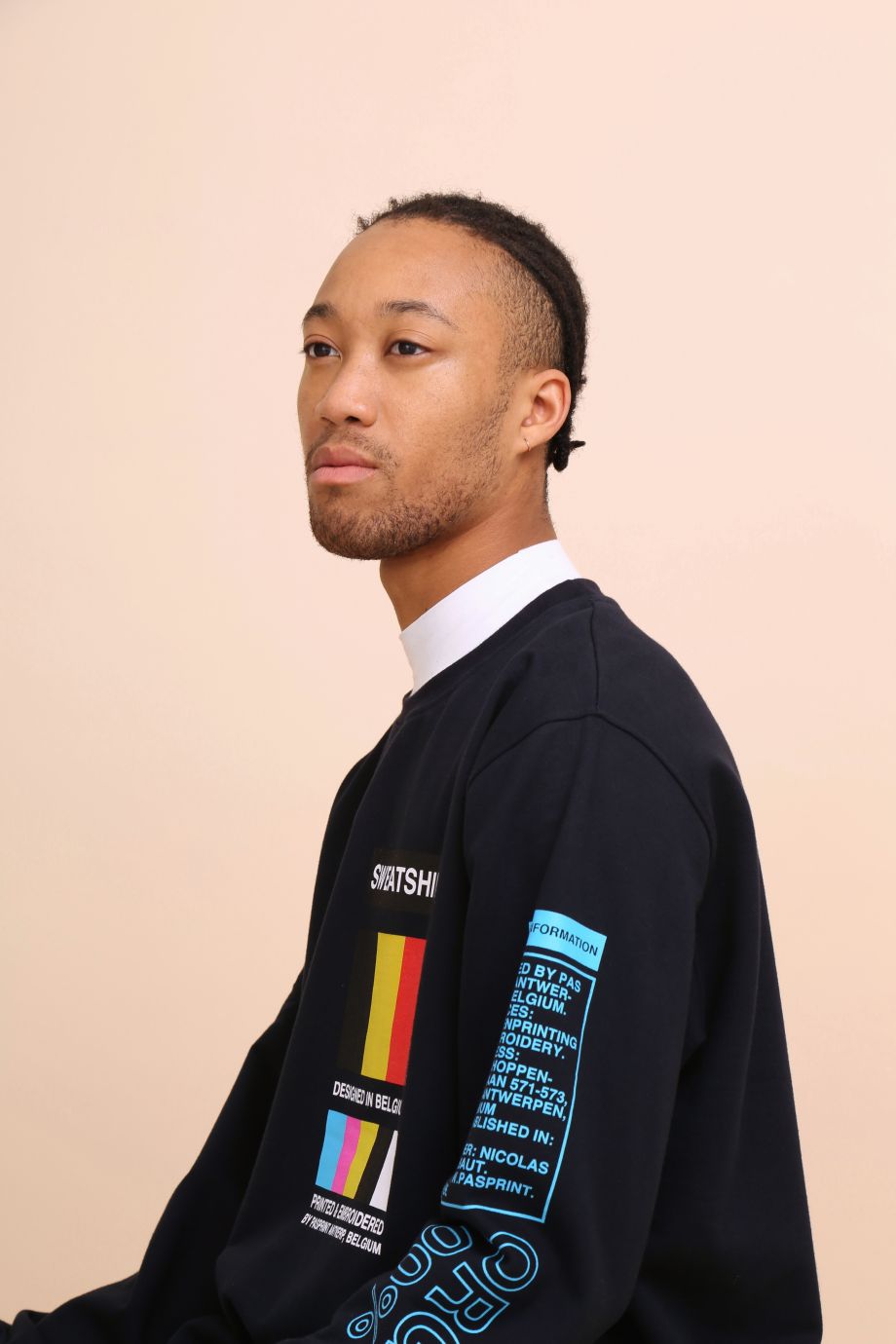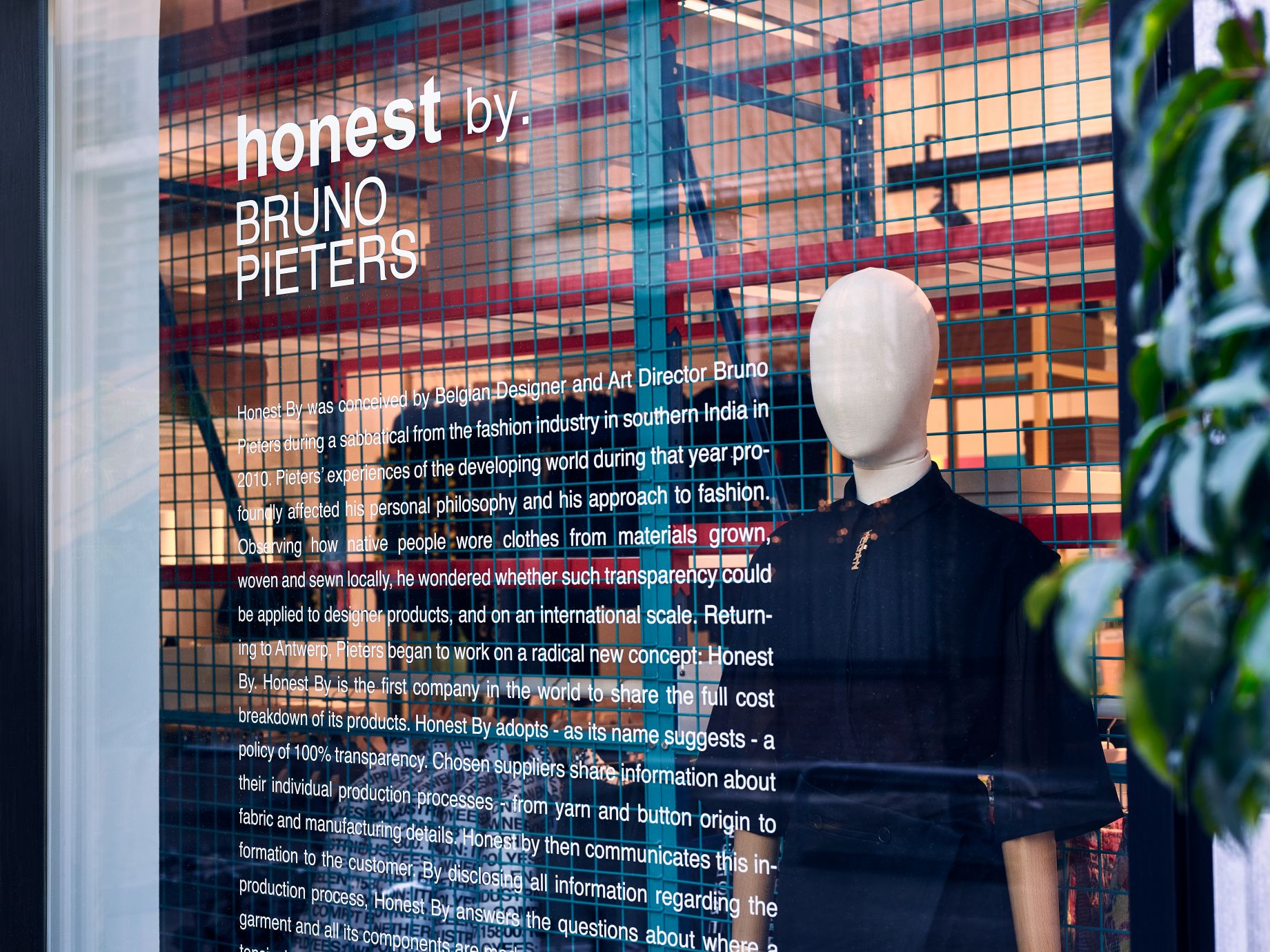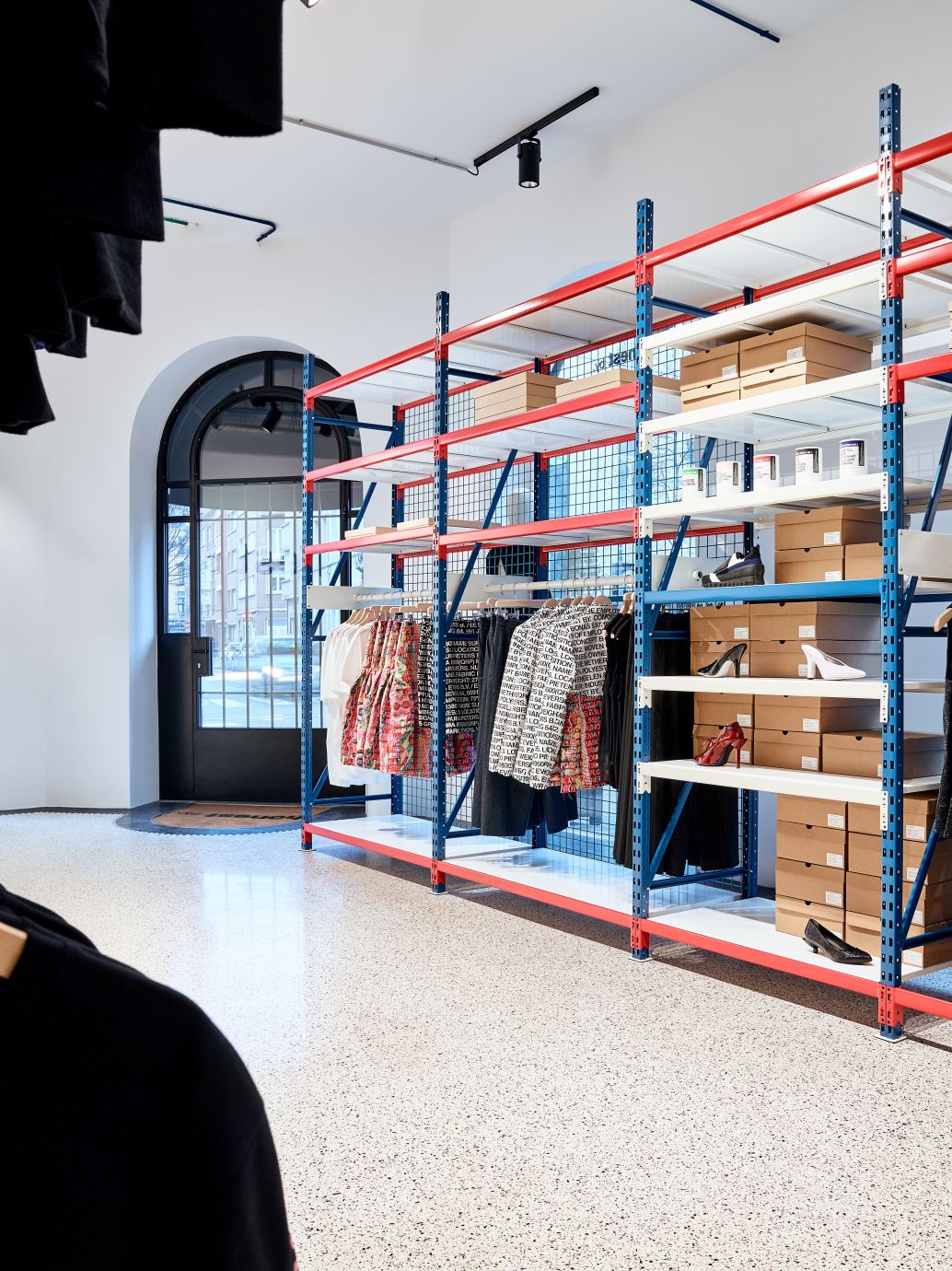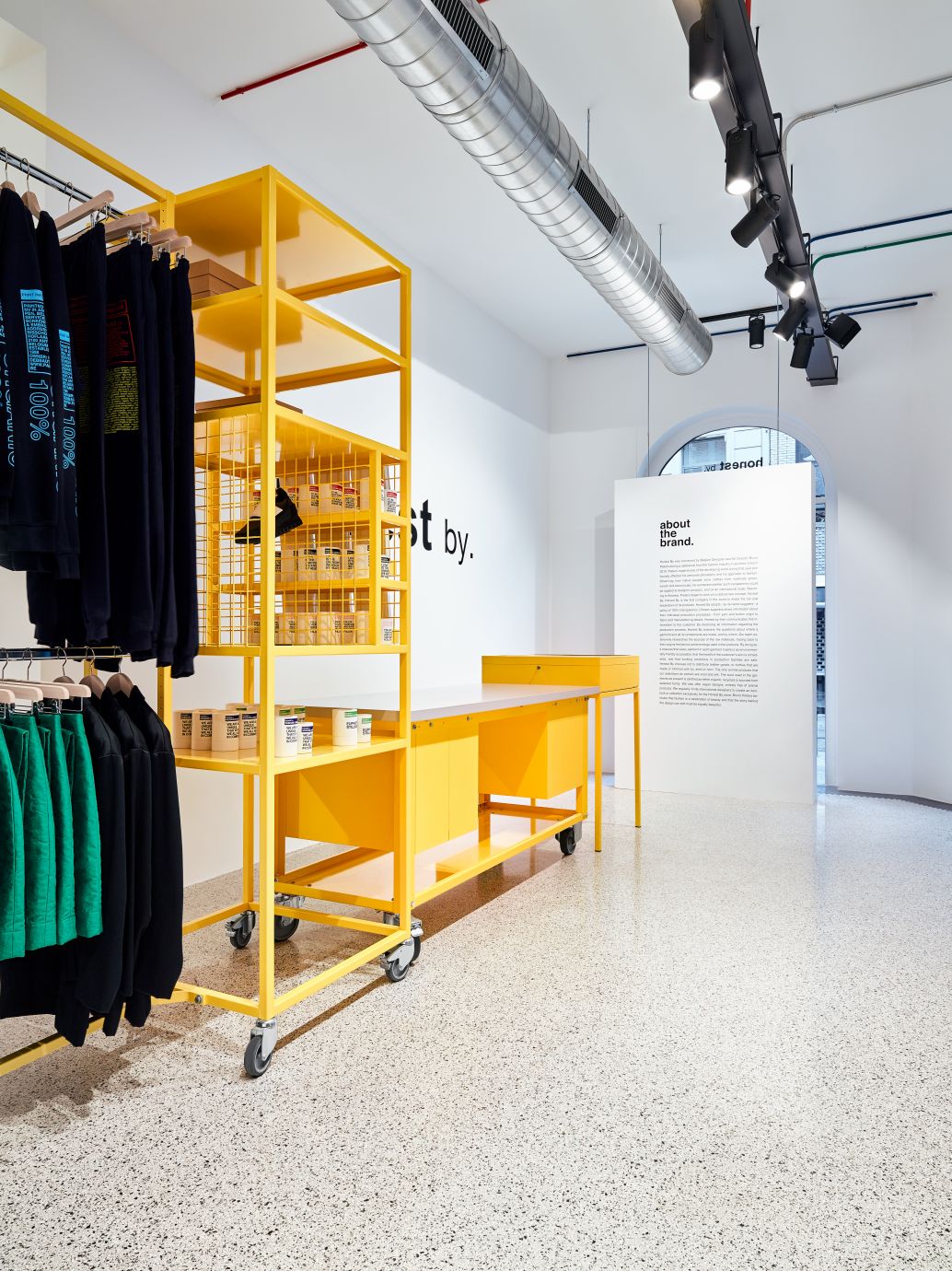Transparency is the core message of your company. Is that something any designer interested in sustainability should work on?
I think you need to show what you’re doing if you’re working with sustainability. For us it’s the core, my whole reason for launching Honest By was to show that it’s possible, because I wasn’t planning on restarting something in fashion.
People called you mad for trying.
That’s also a good evolution I noticed at the H&M conference, the idea of transparency is finally taken seriously. When I launched in 2012 it was considered an experiment, a nice project on the side. It was belittled or seen as something explosive. And now we went from “nice but never gonna happen”, to “nice, how can we make it happen?” The new conscious collection gives a lot of information including the name of the supplier, the name of the owner, the number of employees etc. And their plan is to do it in the future for all products. So that’s the big change.
They were asking me – what is the reward of transparency? That was the whole idea of the panel that day. I couldn’t answer, for me it’s been five years of struggle, being considered an experiment. It wasn’t easy. So to talk about the reward of transparency… I couldn’t give an answer. But afterwards I realised that there has been an evolution, people aren’t looking at me like a naïve dreamer anymore. Politicians and CEO’s all agree transparency will happen. That was – wow!
You seem very optimistic. I am always very sceptical of big companies simply because they are built on a system of profit, and they’ll always try to cut somewhere.
You should be sceptical! It’s not perfect at all. It’s just that it comes from a horrible place, but it’s getting better. They’re not doing it out of love, but because it’s good for business.
I think hope and discouragement always come together, very often on the same day, at the same moment. But discouragement doesn’t get you anywhere, it’s not productive, it’s not helpful, it’s not going to do any good. So I have to stay hopeful, and I have to stay focussed on those moments of light and those moments where I can see change, even if they’re small. But they exist and it’s important to focus on that.
“IT WILL BE ABOUT WORKING TOGETHER, IT’S NOT ABOUT ONE PERSON CHANGING EVERYTHING. IT’S PEOPLE ASKING QUESTIONS IN THE STORE, IT’S BUYERS ASKING QUESTIONS TO THE DESIGNER, IT’S THE MEDIA.”
You were always very focussed on the consumer as the element of change. Now you seem convinced that change can come from a corporate level.
I think it will be about working together, it’s not about one person changing everything. It’s people asking questions in the store, it’s buyers asking questions to the designer, it’s the media. It would be wonderful if one of the standard questions backstage at a fashion show is not just colour, inspiration, skirt length, but that there’s also a question about the sustainability of the collection, and where it was made and so on. But the consumer is a trigger.
Have you ever thought of taking it to a political or legal level?
In politics, things happen slowly. I think you can achieve more as an individual. For me, politicians are there to make a law of something that is already established. They rarely innovate or go against their voters. But if they feel that the voters want this, they will do it. And it can seem like they are the ones that did it. We should make transparency mandatory. Otherwise, companies like H&M, they can’t go further than a certain point, because the competition isn’t following them. Consumer pressure is very important. Something like the Higg index would help them do that. It’s a standard for transparency. If each garment was rated on it, consumers could choose more easily. It will be difficult to get there, but it’s a good idea.
“WE SHOULD MAKE TRANSPARENCY MANDATORY. OTHERWISE, COMPANIES LIKE H&M CAN’T GO FURTHER THAN A CERTAIN POINT, BECAUSE THE COMPETITION ISN’T FOLLOWING THEM.”
You also aim to support young students with the FFDS. Can you tell us more about that?
I created the FFDS because I wanted people who are being rebellious or thinking about creating in a more responsible way – who want to change things – to feel encouraged. They need to know that their work is appreciated and supported. In Antwerp for instance, they are not encouraged to do that, you are almost at a disadvantage when you want to work in a responsible way. If you work with fur you’ll get a beautiful sponsorship, which you don’t get if you don’t work with fur. A lot of suppliers are offering sponsorships that aren’t sustainable. I think that those students should know that the older generation is encouraging them. It must be frustrating not to feel the support of the older generation. When I go to events or summits about sustainable fashion, people often say that the next generation will be sustainable, as if it’s their task. But I think that’s an unfair opinion. Young people are in a phase in their life of education, of learning, and you need examples to learn from, or role models. That is still lacking. It’s our task to guide them, and educate. My generation of designers, and the older generation, we’re completely failing the younger generation, in a big way. Whenever I give a speech, I almost want to start by apologising – we are failing you, we are not showing you the right way, you are not being surrounded by positive role models, so hats off to anybody who is here tonight, who wants to do this. It takes a lot of courage, and an independent mind to want to design sustainably.
“MY GENERATION OF DESIGNERS, AND THE OLDER GENERATION, WE’RE COMPLETELY FAILING THE YOUNGER GENERATION, IN A BIG WAY. WHENEVER I GIVE A SPEECH, I ALMOST WANT TO START BY APOLOGISING – WE ARE FAILING YOU, WE ARE NOT SHOWING YOU THE RIGHT WAY, YOU ARE NOT BEING SURROUNDED BY POSITIVE ROLE MODELS, SO HATS OFF TO ANYBODY WHO IS HERE TONIGHT, WHO WANTS TO DO THIS.”
And how was the collaboration for you personally, working with young students and being confronted with the way they perceive sustainability. Have you noticed any changes?
They have to apply, so they’re usually interested already, more than the other students in their class. It’s a minority who is interested, we have very few applications, about 2-3 a month. Anyone can apply, but the rules for the collection are strict, it has to be all vegan. It’s all possible but I think people are scared of it.
I remember Marie-Sophie Beinke saying that it was easier than she expected.
Yes, but she was still working within the old rules, where it had to be all vegetarian. After her we thought – that went well, let’s make it a bit stricter. If we should eat less meat, wool production should go down as well. No fur, no leather wasn’t really a problem, but no wool, no silk is harder.
You’re very open about the way you approach sustainability, you often say that no one can ever do 100%. Why did you decide to be so strict for young students?
Because I want to push them. The school really is the place to experiment. But not a lot of the students have the time or the confidence to experiment.
We have a scholarship of 10.000 euros. You can apply for the full amount, or just a bit. And you can do it any time of the year. But it’s not because they apply, that they are good. And I can’t give it to someone who I don’t think is great. Marie-Sophie I really thought – that’s different, all that colour, very unusual. Because you get a lot of cliché eco-looks. And that’s not new, it doesn’t surprise me. And I don’t want to reinforce those clichés.
“IN THE PAST IT WASN’T POSSIBLE TO DO SOMETHING ELSE THAN BEIGE. NOW, SUSTAINABLE FABRICS CAN BE MADE IN ANY COLOUR.”
I wonder where that cliché comes from. At CSM the BA students did a sustainability project, and the students all mentioned – we don’t want it to look sustainable. Sustainability really struggles with this image. Where does that come from?
In the past, it wasn’t possible to do something else than beige. Now, sustainable fabrics can be made in any colour.
Sustainability is often seen as a limitation.
I don’t believe it limits you today, so much is possible. Especially if you order more than a few meters. They can produce it for you, any colour, any design. You might encounter frictions, but if you do, I believe that doing your best is already enough, and you cannot invent things that aren’t created yet. I always work with the options available and I pick the best ones. If there’s something I want in the collection and it doesn’t exist yet in a sustainable version, I’ll work with what’s available. I will not limit my creativity, but it practically never happens. If it did, we communicate everything on the website, and it’s up to the customer to decide if they want it or not. It’s more important to be honest than to be perfect. Every little thing helps.
Some designers say: “I don’t want to start thinking about working in a different way because I can’t do it all the way.” That’s a very black and white way to look at it. Anything you do is helpful at this point. When you work for a big brand or a successful designer and order hundreds of meters of a white cotton that exists exactly the same in an organic version, that’s silly. That’s a missed opportunity for me.
I don’t know why people still think it’s limiting. I think people just use that argument to brush it off. If you don’t know anything about it, it can seem like an impossible task. But even today your regular supplier is able to make a sustainable version of any fabric you want.
At the beginning, Honest By was also very neutral.
I think it might have been a mistake. I did it because I personally like those classic colours, it felt like the beginning of a wardrobe. But because it was a sustainable brand, people thought: “Oh, that’s all they can do.” Maybe we should’ve launched with colour.
Is there anything that isn’t possible? Something you’d like to do, but the technology isn’t there yet?
Metallics are difficult. Silk is possible, but very rare.
The research seems overwhelming sometimes. Is it hard to keep up with that?
Not at all. I don’t think it is. And the people who work for me don’t think so either, it’s a habit.
“WHEN YOU WORK FOR A BIG BRAND OR A SUCCESSFUL DESIGNER AND ORDER HUNDREDS OF METERS OF A WHITE COTTON THAT EXISTS EXACTLY THE SAME IN AN ORGANIC VERSION, THAT’S SILLY. THAT’S A MISSED OPPORTUNITY FOR ME.”
How do you do your research?
Before we launched, we spent a year doing research, looking into the different certificates, and finding suppliers who had it. Now it’s easier, there’s more choice. Once you have your suppliers, you just have to check each six months whether they haven’t lost their certificates (which happens sometimes), it’s a habit. Each season we ask suppliers to send us their certified samples, and we choose from that. Sometimes, something I want isn’t there, and I ask my team to find it. It’s always possible, but sometimes it’s expensive. Especially since we’re a small company. If you’re a little bit bigger there’s no problem. The moment you can produce a hundred metres, you’re fine. Anything you want, any colour, any fabric. And it’s not more expensive, so I always wonder why people don’t do it. It’s really not complicated. But I understand, thinking back of when I was in the system. Everything goes so fast, you have your same suppliers, you know what to expect and you have a good contact with them. It’s a routine, and routine is pleasant when everything goes fast, because it’s safe. So to change that around into 100% new suppliers is a big risk. It’s a risk some people don’t want to take.
“IMAGINE ANYONE, WHETHER IT’S LOUIS VUITTON OR ZARA, CLAIMING THAT THEY’LL SPEND THEIR ANNUAL ADVERTISING BUDGET ON SALARY FOR THEIR WORKERS, I THINK THAT WOULD BE PHENOMENAL, AND I THINK THERE WILL BE BUSINESS PEOPLE WHO WILL COME UP WITH THAT. THAT WOULD BE SO APPRECIATED, AND MORE SUCCESSFUL THAN A CELEBRITY CAMPAIGN.”
I’m also wondering about the certainty you have that you’re approaching sustainability in the right way. The technical details can get so confusing.
It’s always changing, always evolving. But it just has to come to a point where you don’t have to choose, where you can have it all. And I think it’s possible in all price ranges. What needs to change are the extreme salary differences. To have these really cheap clothes, and have the people who actually make it actually earn nothing while models and photographers receive millions… That contrast and huge profit, will have to change. Logically it will be more balanced. Not equal, but more balanced. Imagine anyone, whether it’s Louis Vuitton or Zara, claiming that they’ll spend their annual advertising budget on salary for their workers, I think that would be phenomenal, and I think there will be business people who will come up with that. That would be so appreciated, and more successful than a celebrity campaign.
You mentioned it was a difficult five years. What is your biggest struggle today?
Making it more democratic. You can offer better prices if you have more quantities, but first you need to get there. If you have a high price, it’s difficult to grow. We’ve tried it now with the sport collection and it’s working quite well. So we might be onto something with that.


